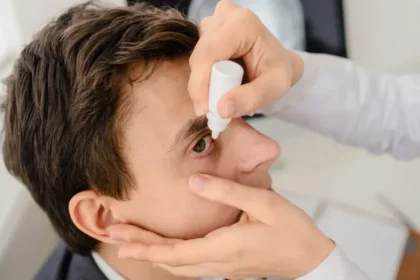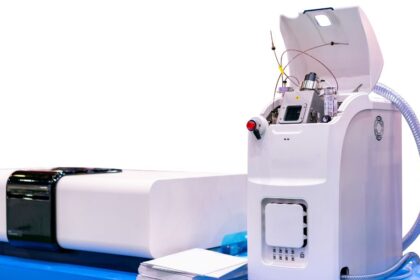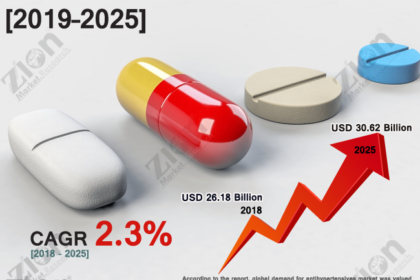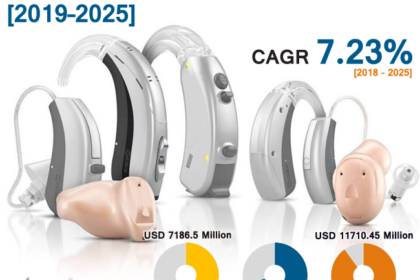Recently, scientists at IU (Indiana University) and Regenstrief Institute created decision representations able to predict which patients may require more treatment for depression than what their physician can offer. The algorithms were purposely designed to present information that the clinician can act on and fit in current clinical workflows. Reportedly, depression is the most normally occurring mental illness across the globe. The WHO (World Health Organization) projected that it impacts around 350 Million people. Some of the people may be able to deal with their depression on their own or with assistance from physician. Nonetheless, others might have more serious depression that needs advanced care from health care providers.
The researchers created algorithms to recognize those patients so that doctors can transfer them to mental health specialists. Suranga N. Kasthurirathne—Research Scientist at Regenstrief Institute—said, “Our aim was to build reproducible prototypes that fit into current clinical workflows. This algorithm is exclusive as it provides actionable data to clinicians, aiding them to spot which patients may be at greater risk for serious events from depression.” The algorithms merged a broad range of clinical and behavioral information from the INPC (Indiana Network for Patient Care).
On a similar note, a New Zealand workplace study revealed that more than one-quarter of employees are depressed most of the time. As per the WHO data, the workplace can be a helpful force for advancing mental health. Several workers are subjected to work environments that are harmful to their psychological health and make them burnt out. As the character of work alters—including reduced job security, technological advancements, and distorted work/non-work boundaries—psychosocial damage is likely to increase. In spite of their popularity, many wellness proposals directed towards “stressed” workers just help people to cope a little longer with a damaging and toxic environment, and the underlying harms remain.





